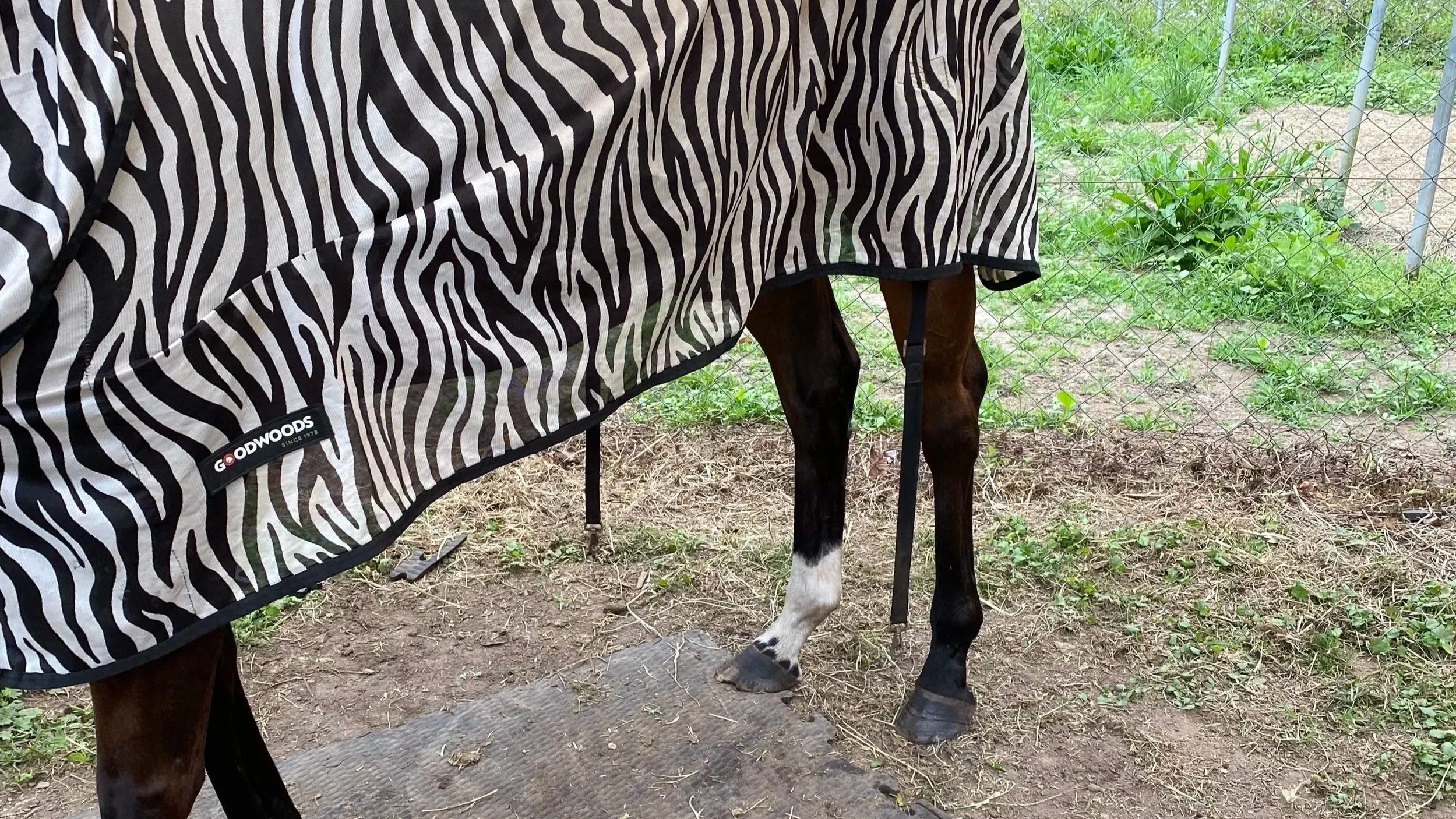When you step into the arena, you’re not just entering a training space. You’re entering a place where energy, intention, and partnership come alive. Every hoofbeat is a line written in the shared story between horse and human. Liberty is not about control. It’s about connection.
Why the Arena Matters for Horse Training and Connection
The arena isn’t only a rectangle of sand or soil. It’s an energetic container. Horses are sensitive to the atmosphere of a space just as much as they are to the cues of their handler. Step in distracted, tense, or rushed, and your horse will reflect it. Step in with a calm presence, and you invite trust, safety, and flow. At EquiTune, we remind our students: “Honour the space. Honour the horse.”
The Power of Intention: Shifting Energy in the Arena
In Reiki, we learn that intention shifts energy. Before hands are placed or breath is guided, it is the practitioner’s intention that sets the tone for healing. The same is true in the arena. When you step in with reverence, your intention shapes the energetic quality of the space. Horses, being deeply sensitive to energy fields, respond instantly to this shift.
Reiki teaches us that energy flows where attention goes. If you walk into the arena with stress or distraction, the horse feels it. If you walk in with grounded intention, your presence becomes an anchor. To the horse, this difference is everything.
The Science of Horses, Body Language, and Energy
This isn’t just philosophy. Science echoes what Reiki teaches about presence and intention.
1. Intention Shapes Body Language Horses Understand
Horses notice the tiniest changes in us a shift of weight, a lifted shoulder, even a flicker of expression across our face. Research shows they can read human facial expressions and micro-movements with remarkable accuracy (Wathan et al., PLoS ONE, 2015). When we walk into the arena with clear, calm intention, our body naturally reflects it. And our horse responds in kind.
2. How Arena Energy Affects Horse Stress Levels
The arena itself carries an atmosphere. Environmental psychology tells us that both animals and humans show lower cortisol levels in calm, consistent spaces (Houpt, Domestic Animal Behavior for Veterinarians, 2018). If the arena is filled with rushing energy or unpredictability, a horse may stay on alert. If the energy is grounded and steady, they feel safe enough to soften.
3. Why Horses Learn Best in Safe, Predictable Spaces
Horses learn best when they feel secure. An arena that is predictable and emotionally safe becomes a classroom for curiosity instead of a place of pressure. When your horse knows this space is one of respect and clarity, they can relax into learning. Their mind opens. Their body follows. And what begins as training becomes a dialogue.
How to Create a Calm, Sacred Arena for Your Horse
Think of every step into the arena as sacred. You don’t need incense or ceremony. Your intention is enough. Pause before you enter. Take a breath and ground yourself. Leave behind the rush of your day. Set your intention. What energy are you bringing in? Calm focus? Playfulness? Curiosity? Notice the space. Is it quiet? Safe? Clear of distractions? Your horse will feel your attention to detail. Invite connection. Before asking for movement, let your horse know: I see you. I’m here with you.
Common Mistakes That Disrupt Arena Connection
It’s easy to treat the arena as just another task on the to-do list. Rushing in with tight shoulders or carrying leftover stress sends mixed signals. Horses may respond with tension, resistance, or distraction. The fix isn’t more control. It’s presence. The way you step into the space sets the tone for everything that follows.
Why Intention in the Arena Builds Horse Trust
The arena can be a place of freedom, play, and soul connection when entered with reverence. It becomes more than a training ground; it becomes sacred ground. And your horse knows the difference. Every time you enter, you choose: control or connection. At EquiTune, we choose connection.
The Science of Breath and Presence With Horses
Horses don’t just watch you—they feel you. Their bodies are finely tuned to pick up subtle changes in your nervous system. Here’s why your breath matters in the arena:
Heart rate differences: A horse’s resting heart rate is around 28–40 beats per minute, while humans average 60–100 bpm. This slower rhythm makes horses highly sensitive to fluctuations in our energy—they feel when our pulse quickens.
Breathing patterns: Horses breathe at 8–16 breaths per minute, compared to our 12–20 breaths per minute. Because of this, they naturally notice when we breathe too shallowly or hold our breath. Deep, steady breathing signals safety.
Vagus nerve activation: When you exhale slowly, you activate your vagus nerve, lowering heart rate and reducing stress hormones. Horses detect this calmer state almost instantly through your body language, muscle tone, and micro-movements.
Synchronisation: Studies show horses can synchronise their heart rates and breathing with humans during calm interaction. When you breathe deeply and steadily, you invite your horse into that rhythm too.
Takeaway: Every slow breath is more than self-regulation—it’s a signal of trust that your horse can feel, long before you pick up a rein or step forward.






